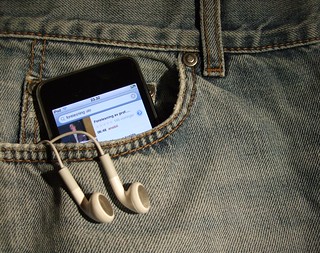What do you do when a student asks:
“How do I improve my fluency?”
I attended the 2nd Alumni, CTJ, & IBEU TEFL Conference last week. One of the speakers, Michael McCarthy, talked about how fluency is one of these terms where everyone knows what it means, but have difficulty in defining it: Think about readiness. Think about spontaneity. Does the speaker have their independent ideas about the subject at hand? Fluency means “not causing strain to either the person listening nor feeling strain while speaking”.
Ok, so what does that look like? Here are some terms you need to know:
- Speed of delivery--how many words per hour does your student speak? Casual conversation is 10,000 words per hour! Your student doesn’t have to speak that fast when it comes to giving speeches, however.
- Pauses--your student should not pause for longer than half a second! A big “NO NO” is pausing when it is your turn to speak or in the middle of fixed phrases such as “You know what I mean?” You don’t want to say “You-- know-- what-- I mean.”
- Dysfluency--getting lost in your thoughts. You say, “What was I talking about?”
- Automaticity--that knee-jerk reaction when it comes to having response to fire off right away.
- Confluence--the ability to carry out a conversation in a way where you create opportunities for your listener to understand when your turn is almost over so that they are ready to start their turn--and they provide you with that same courtesy!
Let’s go back to the original question: “How do I improve my fluency?”
Here are some of my ideas:
- Have your student find a reading passage that they really respect or enjoy and have them read the passage. It should be a fairly decent length so that it can’t be done in two minutes. Have them read the passage aloud for two minutes and mark where they stop. The following week, have them read aloud again for two minutes and mark it again. How many words did they improve?
- Have your students keep up with current events. A great conversationalist knows what’s going on in pop culture, sports, science, politics, and art. Have them reflect on what they read and talk about it. Have them share their opinions with the class. Moderate a short debate!
- Provide them some fixed phrases, 3 word chunks, and other fillers. Ask them to insert these a few times during class discussions. They can be things that open phrases such as “Well, basically...” and other words that will create the end of the turn such as “.. you know what I mean?”. They have to use them quickly (speed of delivery) and automatically!
- Also, teach them how to stall for time such as saying “The whatcha-ma-callit?” or “thinga-ma-bob” and other phrases that native speakers heavily use when they are trying to claw their way through a conversation. Give them works such as YEAH, OH, RIGHT, WELL, and BASICALLY and teach them how to combine them in to “Oh, right” or “Yeah, that’s right” or “Well, yeah” or “Well, basically”. Use these to avoid pauses and stall for time to think! Other great words are “actually...” and “I mean...” when used to elaborate further on what you’ve already said.
- Great speakers don’t think about what they’re going to say next while their partner is speaking. Instead, they listen to what is being said and react to some part of that. Model how to do this for them and have them practice. Give them useful phrases such as "I hate to disagree, but..." and "I see what you mean..." The better they are at creating flow, the more fluent they will become.What are your ideas? Post them in the comments!


